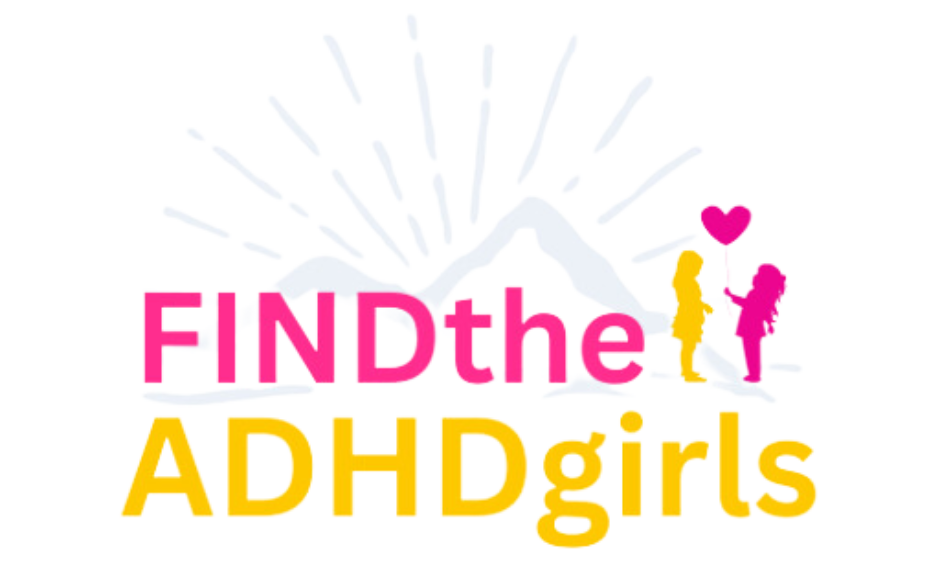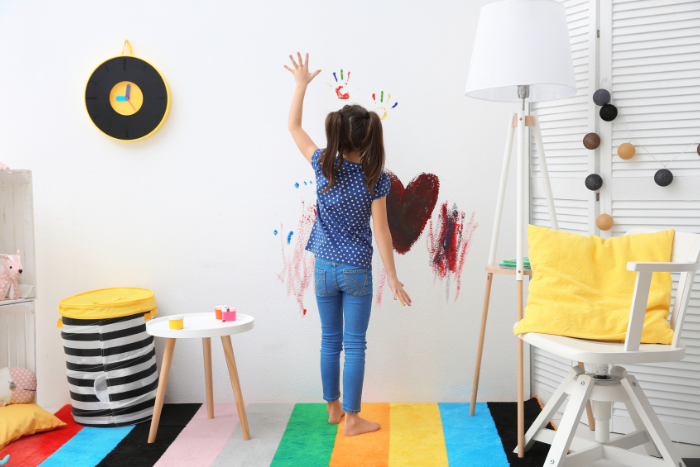Picture this: Your ADHD child just turned your freshly painted living room wall into an art gallery, forgot their homework for the third time this week, and is now having a meltdown because their hair “feels weird.” Meanwhile, you’re trying to remember if you’ve eaten breakfast while also wondering if it’s too early for chocolate. Moments like these are exactly why positive parenting techniques are so essential—they help us respond with empathy and connection, even when chaos reigns.
Let me share something that stopped me in my tracks when I first read it: children with ADHD receive 20,000 more negative messages by age 12 than their neurotypical peers. Let that sink in. That’s about five negative messages per day, every day, for twelve years. When I learned this, I was simultaneously devastated and motivated – especially since I realized I was unknowingly contributing to this negativity despite my best intentions.
Understanding the ADHD Child’s Experience
Here’s what most parenting books won’t tell you: ADHD isn’t just about attention and hyperactivity – it’s about how the entire brain processes information and emotions. Think of your child’s brain like a Ferrari engine with bicycle brakes. They’ve got all this power, creativity, and energy, but the stopping and slowing down part? That’s where things get tricky.
I remember the day this clicked for me. My daughter was struggling to clean her room (and by struggling, I mean she had somehow managed to reorganize her entire bookshelf by color instead of picking up her clothes). I was about to launch into my usual “why can’t you just focus” speech when I caught myself. Would I tell someone with poor eyesight to “just see better”? Of course not.
Building a Foundation of Connection
One of the most powerful strategies in positive parenting for ADHD children is the ‘connect before correct’ approach. Imagine trying to teach a child to swim—you wouldn’t start with complicated techniques before first helping them feel secure and comfortable in the water. In the same way, building a connection with your child creates a sense of trust and safety, making it easier to guide them through challenging behaviors.
Here’s what this looks like in practice:
Create Safe Spaces for Emotional Expression
Instead of: “Stop crying, it’s just homework!”
Try: “I see you’re feeling overwhelmed. Math problems can feel like climbing Mount Everest sometimes, can’t they?”
The Power of “Yet”
This tiny word has become my secret weapon. When my daughter says she can’t do something, we add “yet” to the end. “I can’t focus on reading” becomes “I can’t focus on reading… yet.” It’s simple but powerful – trust me, it can work wonders with both my clients and my child.
Effective Praise and Feedback Strategies
Here’s a mind-bending fact: generic praise can decrease motivation in ADHD children. I learned this (as many other things) the hard way after spending years throwing around “good job!” like confetti at a party. The key is being specific and focusing on effort rather than outcome.
Instead of: “You’re so smart!”
Try: “I noticed how you tried three different ways to solve that problem before finding what worked. That kind of persistence is impressive!”
Real-life example: One young boy I used to work with, found math homework overwhelming and would often give up quickly. We shifted our focus from just the ‘right answers’ to celebrating his effort and problem-solving steps. Now, instead of only praising correct solutions, we say things like, ‘I saw how you kept trying even when it got tough,’ or ‘You noticed where you got stuck and asked for help—that’s great progress!’ This shift has made him feel more confident and less afraid of mistakes.
Structure Without Strictness
Let’s talk about routines—but hang on! Don’t roll your eyes just yet. I know, the word ‘routine’ can sound about as exciting as waiting in line at the bus stop, especially for ADHD parents and children. But here’s the thing: structure doesn’t have to mean strict schedules that drain the fun out of everything. Our morning routine revolution happened when I stopped trying to enforce a minute-by-minute schedule and instead created what I call “flow zones.” We have the “launch pad” (where backpack, shoes, and lunch live), the “body basics” zone (bathroom stuff), and the “fuel up” zone (breakfast). Instead of fighting about time, we focus on moving through the zones.
Now that I have a teenager, though, I’ve found that some of these playful approaches don’t land the same way they did when they were younger. Children grow, and so do their needs—and it turns out teens crave independence in a way that doesn’t always mesh well with ‘flow zones’ and fun names.
Managing Challenging Behaviors Positively
Let me share a story that shifted my perspective completely. Before I even learned all this, I was out with a young girl and her mom, my friend, and during the outing, she had a full-on meltdown over not getting sweets. Classic scenario, right? But instead of the usual scramble to calm her down as quickly as possible, her mom took a deep breath and remembered something crucial: dysregulation isn’t defiance. She crouched down, stayed calm, and acknowledged the frustration without giving in. This approach helped her daughter feel understood and start to calm down on her own.
Here’s what I now teach my clients about managing challenging behaviors:
Prevention Strategies:
- Identify triggers (hunger, fatigue, sensory overload)
- Create environmental supports (fidget toys, noise-cancelling headphones)
- Plan for challenging situations
De-escalation Techniques:
- Use the “submarine breath” technique (slow inhale, even slower exhale)
- Provide a quiet space or “calm corner”
- Offer choices (but keep it simple – two options max during meltdowns)
Teaching Self-Regulation:
- Use visual cues for emotional states (we use a traffic light system)
- Practice coping strategies during calm times
- Celebrate small wins in emotional control
The Science Behind the Strategies
Research shows that positive parenting techniques help develop the prefrontal cortex – the part of the brain responsible for executive functions. When we respond with empathy and understanding, we’re not just managing behavior; we’re helping our children’s brains develop better self-regulation skills.
A Final Note
Remember, positive parenting isn’t about being perfect – it’s about progress and constantly trying to find what works. Some days you’ll nail it, executing every strategy like a parenting ninja. On other days, you’ll find yourself hiding in the bathroom eating chocolate while wondering if your child’s hair does feel weird. Both are okay.
What matters is the overall direction: building confidence, fostering resilience, and maintaining connection. Your child’s ADHD may present challenges, but it also brings incredible gifts – creativity, enthusiasm, and a unique way of seeing the world.
As both a professional ADHD coach and a mother who’s been there (and is still very much there), I can tell you that the effort to parent positively is worth it. Yes, even on days when your living room looks like an art gallery gone wrong, and the hair feels weird.
Because at the end of the day, we’re not just managing behaviors – we’re raising human beings who need to know they’re worthy, capable, and loved, even when (especially when) their Ferrari engines are running at full speed with those bicycle brakes.
And remember, chocolate in the bathroom is sometimes a perfectly acceptable parenting strategy.
About the Author
 Dana Dzamic
Dana Dzamic
Dana Dzamic, owner of ADHD Insight Hub, is an ADHD/Autism consultant and inclusive researcher offering tailored strategies and insights for managing ADHD.

